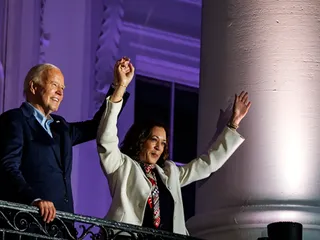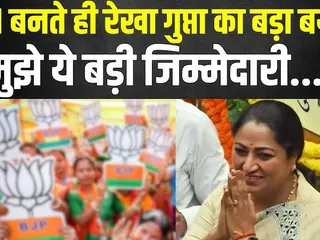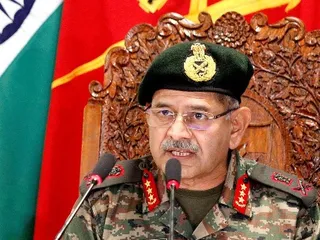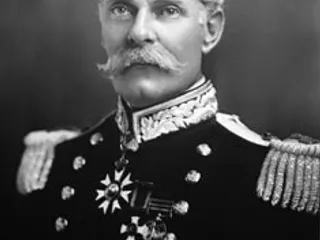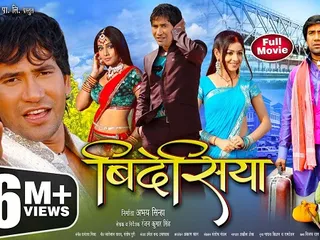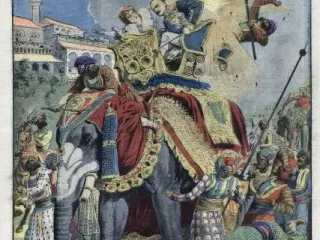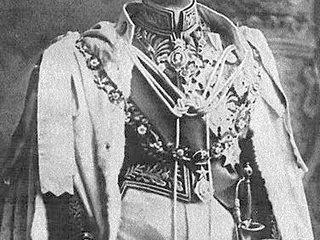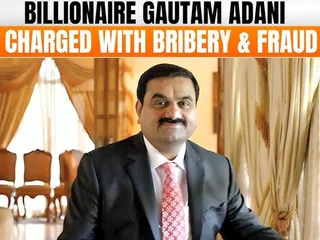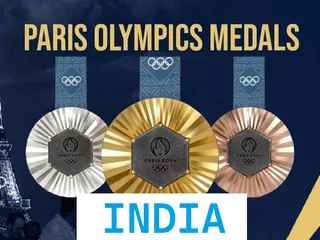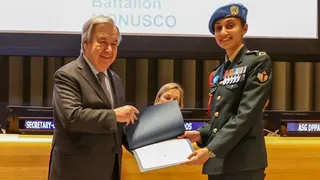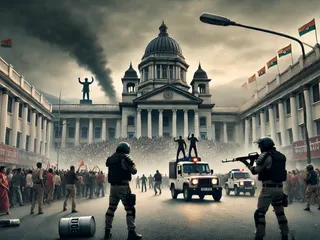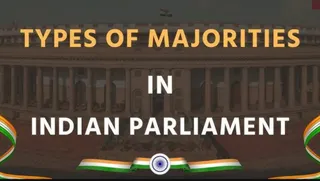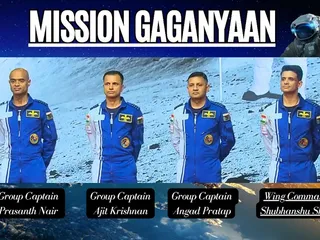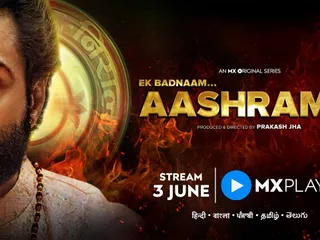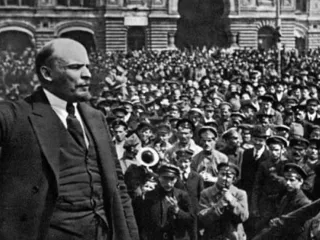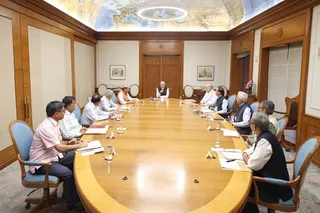The Non-Cooperation Movement, launched in 1920 by Mahatma Gandhi, marked a watershed moment in India's fight for independence from British rule. It represented a significant departure from earlier, more moderate approaches and signaled a mass mobilization of Indians against colonial authority. The movement's impact, though ultimately curtailed, profoundly shaped the course of the Indian independence struggle.
Causes and Context: The movement's genesis lay in a confluence of factors. The deeply resented Rowlatt Acts of 1919, which allowed indefinite detention without trial, fueled widespread discontent. The horrific Jallianwala Bagh massacre in Amritsar, where British troops fired upon a peaceful gathering, further inflamed public anger and solidified anti-British sentiment. Simultaneously, the plight of the Ottoman Caliphate, following World War I, resonated deeply with Indian Muslims, leading to the Khilafat Movement. Gandhi skillfully linked these grievances, forging a powerful alliance between Hindus and Muslims under the banner of the Non-Cooperation Movement.
Methods and Strategies: The movement employed a strategy of non-violent civil disobedience, a hallmark of Gandhi's philosophy. It urged Indians to boycott British institutions and goods. This included refusing to attend government schools and colleges, participate in elections, accept government titles or honours, and utilize British courts. Furthermore, the movement encouraged the boycott of British textiles, promoting the use of Khadi (hand-spun cloth) as a symbol of self-reliance and resistance.
Key Figures and Participation: While Mahatma Gandhi was the architect and driving force behind the movement, its success hinged on widespread participation. Leaders from the Indian National Congress, including prominent figures like Motilal Nehru and C.R. Das, played crucial roles. The participation of millions of ordinary Indians, across religious and caste lines, demonstrated the movement's immense popular appeal. The Khilafat Movement, though primarily focused on the Muslim cause, played a vital role in widening the movement's reach and fostering Hindu-Muslim unity.
Successes and Limitations: The Non-Cooperation Movement achieved remarkable initial success. It showcased the power of mass mobilization and civil disobedience, forcing the British government to take notice. The boycott of British goods caused economic disruption, while the withdrawal of students from educational institutions and lawyers from courts dealt a blow to the colonial administration. However, the movement faced challenges. Internal disagreements and the inherent limitations of non-violent resistance led to sporadic instances of violence. Ultimately, the Chauri Chaura incident, where protestors clashed with police, resulting in casualties, prompted Gandhi to suspend the movement in 1922. This decision, although intended to maintain non-violence, resulted in some questioning the efficacy of the approach.
Legacy and Significance: Despite its premature end, the Non-Cooperation Movement holds a significant place in Indian history. It demonstrated the potential of mass mobilization in challenging colonial rule and established the effectiveness of non-violent resistance as a potent political tool. It significantly enhanced the Indian National Congress's political standing and positioned Mahatma Gandhi as the preeminent leader of the Indian independence movement. The movement's legacy continues to inspire movements for social and political change across the globe.



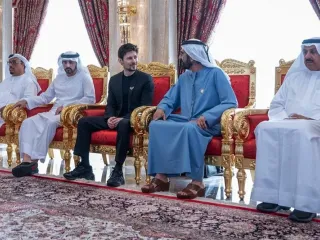

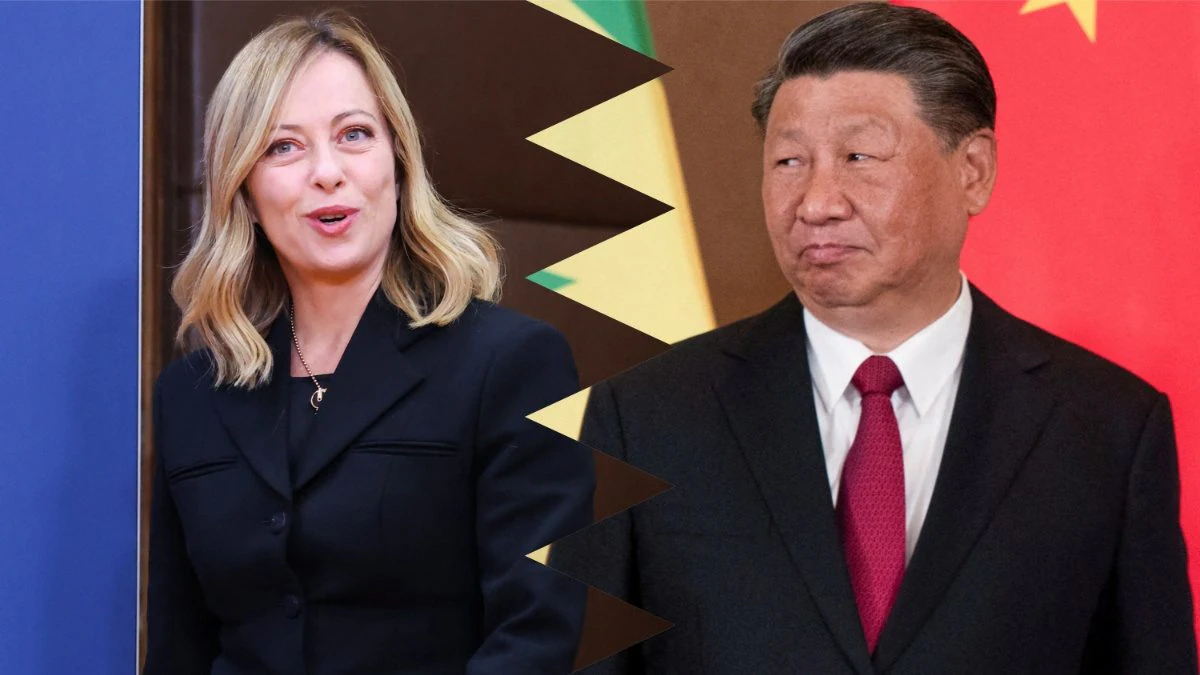
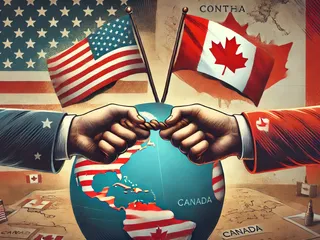

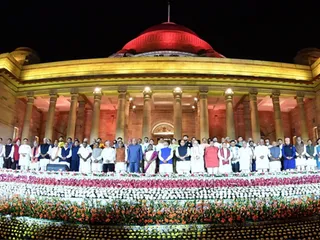




 (24)jpeg-1722421859875.jpeg.webp)


